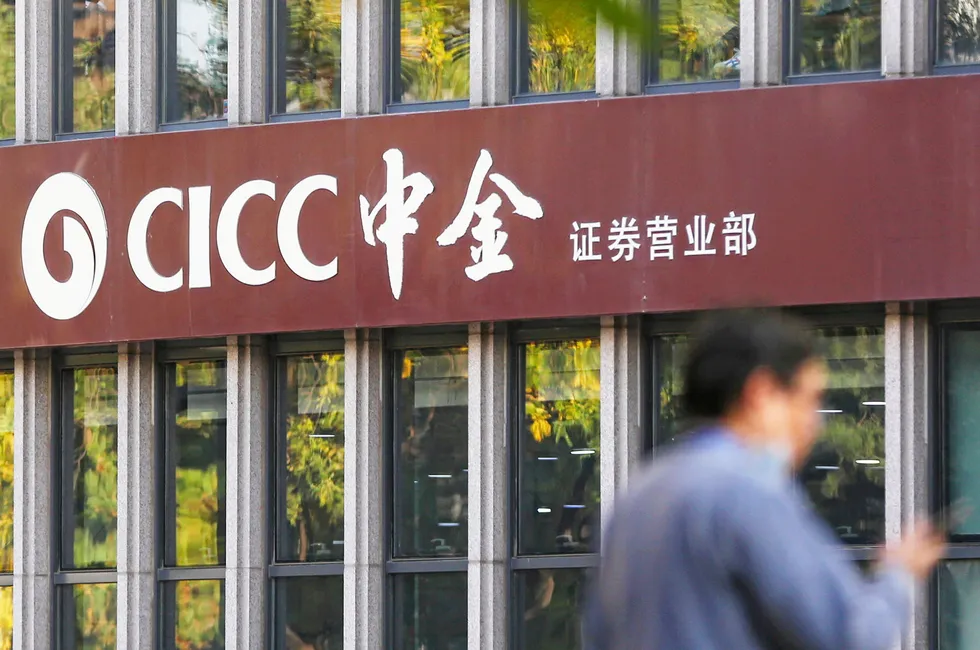China’s green hydrogen boom | 'Domestic electrolyser demand will grow from more than 2GW this year to 40GW in 2028'
Chinese manufacturers can also expect to sell their low-cost machines in Europe and the US in the near future, says investment bank CICC
